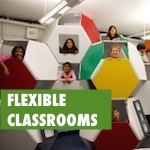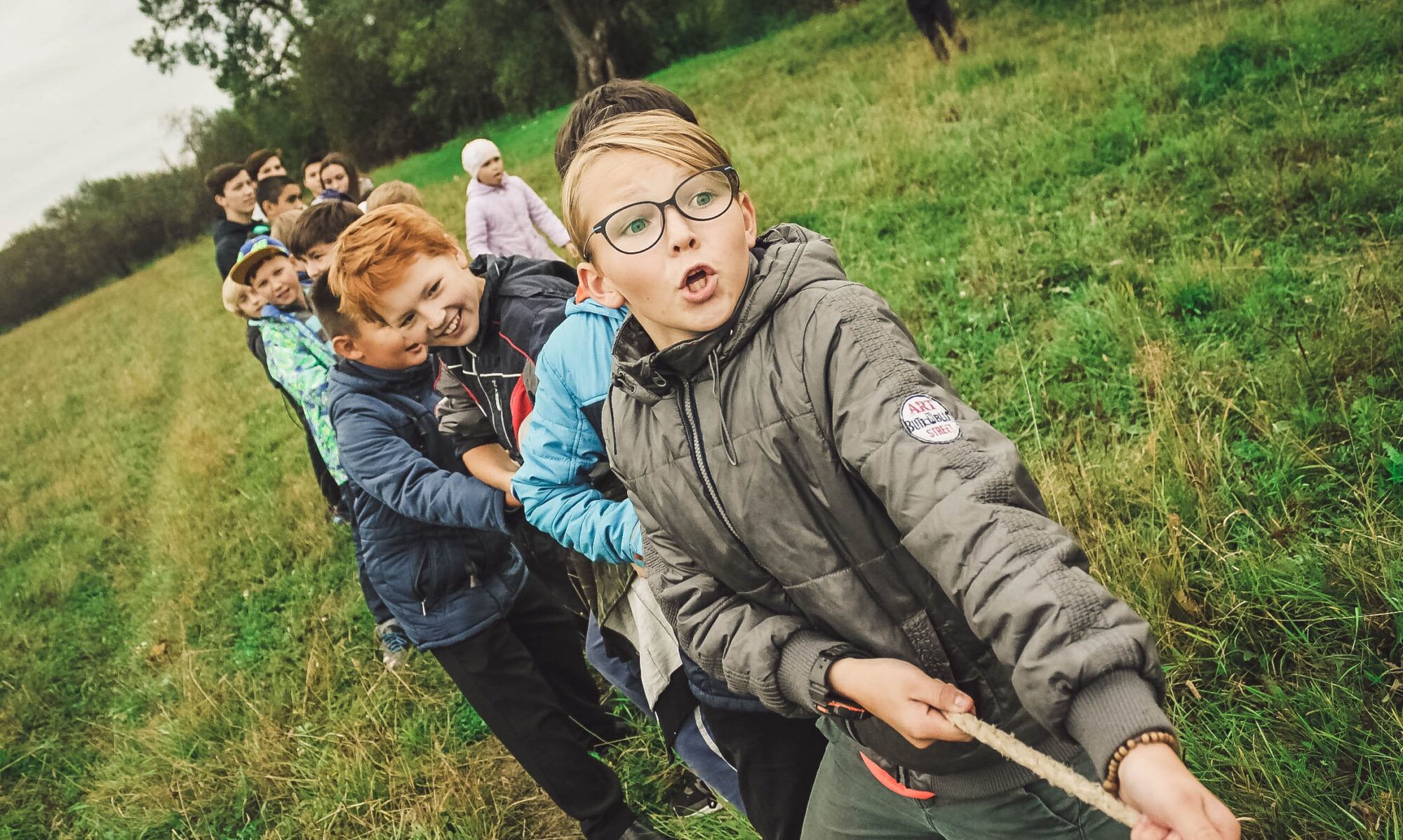Getting up and shaking it off works for middle grades students
 Remember the last time you had to sit through meetings all day? You probably woke up in the morning dreading the amount of time you would have to sit and listen to others talk, while being expected to contribute to the conversation, only getting up for the occasional bathroom or lunch break.
Remember the last time you had to sit through meetings all day? You probably woke up in the morning dreading the amount of time you would have to sit and listen to others talk, while being expected to contribute to the conversation, only getting up for the occasional bathroom or lunch break.
While we dread these isolated incidents, we put our students through it day in and day out. So instead, let’s get up and move!
Brushing off the books: why movement works for students
I’m sure you’ve seen a few conferences that offered workshops or sessions on movement in the classroom, but whether you’ve been too nervous to take that step or another workshop was calling your name, this section is for you. This is research abridged: movement in the classroom edition.
There is no shortage of research when it comes to the benefits of movement in the classroom. In fact, John Ratey author of a User’s Guide to the Brain, calls movement “Miracle-Go for the brain” and in the Edutopia article Move Your Body, Grow Your Brain, Donna Wilson lists some of the many quantitative benefits to movement. These include: “increased oxygen to the brain, alterations to neurotransmitters, and structural changes in the central nervous system.” All of those lead to improved memory, focus and attitude (through a more positive outlook).

In a 1977 study published by the John Hopkins School of Education, Anne Gilbert Green took 250 elementary school-aged children and taught language arts through applied movement and kinesthetic methods for 20 weeks. After the 20 weeks, students who participated scored 13 percent higher on the MAT, while the district as a whole fell 2 percent (Green).
While we’ve all been conditioned to be able to sit for hours a day, it’s actually a relatively new concept.
Over the hundreds of thousands of years humans have existed, only the past 500 or so generations have used chairs at all. According Eric Jensen, in his article Moving with the Brain in Mind, extended time sitting in chairs can lead to “poor breathing, strained spinal column and lower back nerves, poor eyesight and overall fatigue”. In fact, he goes on to say, “Sitting in any chair for more than a short (10 minute) interval is likely to have negative effects on your physical self, hence your mental self and at a minimum reduce your awareness of physical and emotional sensations” (Jensen).
So how do we expect our students to produce their best work when they spend the better part of a 7 hour day sitting at their seats?

The problem lies in the fact that now, more than ever, teachers are expected to get through more content in a shorter period of time. It feels like there’s not enough time in the day to teach what’s expected, much less add in movement breaks. The good news is there is a way to authentically introduce movement in the classroom without interrupting lessons. In fact, once these techniques are introduced you might find yourself moving through material faster and more efficiently than ever before!
Ready, Set, WAIT!
Before you introduce movement in the classroom, do some work on the front end to prepare students. Otherwise you’ll spend most of the class trying to regain focus.
Six steps to go through before engaging students in movement.
- Find a way to regain control. it’s best to have an agreed upon way to come back together if it gets loud or rowdy. It’s okay to have a moment of silliness, but you should be able to rein them back in quickly. This can be a simple clap-back or raised hand.
- Go over the rules. It’s important to explain the rules of movement before starting. Once the students are up and moving it’s too late.
- Go over the procedure. Beyond going over what’s expected, students need to know the entire process before starting. This will minimize nervousness in the students. It also gives them a goal to work towards throughout the exercise.
- Anticipate misunderstandings and address them. Before you start, try to explain the exercise to a friend or colleague. This will give you a better idea of anything that’s missing in your explanation. Missing information can be confusing to students and total buy-in is crucial to a successful lesson.
- Be prepared to model the movement with your students. Sometimes students need a little push before they are ready to go all in. This usually means modeling the lesson or going through it with them, be ready!
- Differentiate for students with mobility restraints. This one goes without saying but sometimes gets overlooked!
So now that you’re convinced, what does this actually look like in an authentic and purposeful way?
Well for one, movement should be seamless in the curriculum, not something you do for one great lesson. To help with that, here are a few suggestions:
First-timers:
- Run, Pair, Share. (instead of Think have the students run in place)
- Summarizing with a string. Have students wrap a string around their finger while summarizing, once the string is wrapped, their turn is over
- Snowball. Have students write questions on a piece of paper, crumble it up and throw it in the center of the room then everyone gets up and finds a “snowball” question to answer
“I’ve tried movement before but…”
- Your time. Give your students the first 5 minutes in class to do what they want. The catch? They have to be moving.
- Find me if you can. Have each student pick up a slip of paper, each one contains either a definition or a vocabulary term, they must then walk around to find their match (this also works with poems, book summaries, dates, math problems, etc)
- Gallery Walk. Place four pieces of paper in the four corners of the room with headers. Get students into groups. Each group spends 3-5 minutes at each piece of paper. They then move around the room to write on each sheet of paper.
“I do movement in the classroom all the time and need some new ideas…”
- Action! Have students act out difficult or complex concepts in groups.
- Mannequin challenge! Create tableaus to show a deeper understanding for complex concepts or literature
- Throwing questions! Pass a ball around instead of raising hands to answer questions
- Workshops! Set up your classroom in multiple “stations” that students must get up and visit
These are some movement strategies I’ve seen work well in the middle grades classroom but they don’t have to stop here. Teachers across the globe have found ways to engage their students with purposeful movement and authentic kinesthetic integration. One of the best aspects of the teaching profession is the sharing of ideas and activities, so if you have a movement strategy that’s worked well in your classroom, leave it in the comments below!


One Reply to “Moving in the middle”
Comments are closed.